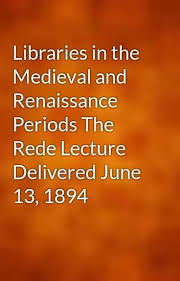The History of Painting in Italy, From the Period of the Revival of the Fine Arts, to the End of the Eighteenth Century, Vol. 2 of 6: Translated From ... Schools of Rome and Naples (Classic R
The History of Painting in Italy, From the Period of the Revival of the Fine Arts, to the End of the Eighteenth Century, Vol. 2 of 6: Translated From ... Schools of Rome and Naples (Classic R
by Luigi Lanzi
11 Dec, 2018
I have frequently heard the lovers of art express a doubt whether the Roman School possesses the same inherent right to that distinctive appellation as the schools of Florence, Bologna, and Venice. Those of the latter cities were, indeed, founded by
... Read more
I have frequently heard the lovers of art express a doubt whether the Roman School possesses the same inherent right to that distinctive appellation as the schools of Florence, Bologna, and Venice. Those of the latter cities were, indeed, founded by their respective citizens, and supported through a long course of ages; while the Roman School, it may be said, could boast only of Giulio Romano and Sacchi, and a few others, natives of Rome, who taught, and left scholars there. The other artists who flourished there were either natives of the cities of the Roman state, or from other parts of Italy, some of whom established themselves in Rome, and others, after the close of their labours there, returned and died in their native places. But this question is, if I mistake not, rather a dispute of words than of things, and similar to those objections advanced by the peripatetic sophists [Pg 2] against the modern philosophy; insisting that they abuse the meaning of their words, and quoting, as an example, the vis inertiæ; as if that, which is in itself inert, could possess the quality of force. Less














.jpg)











.jpeg)
.jpeg)